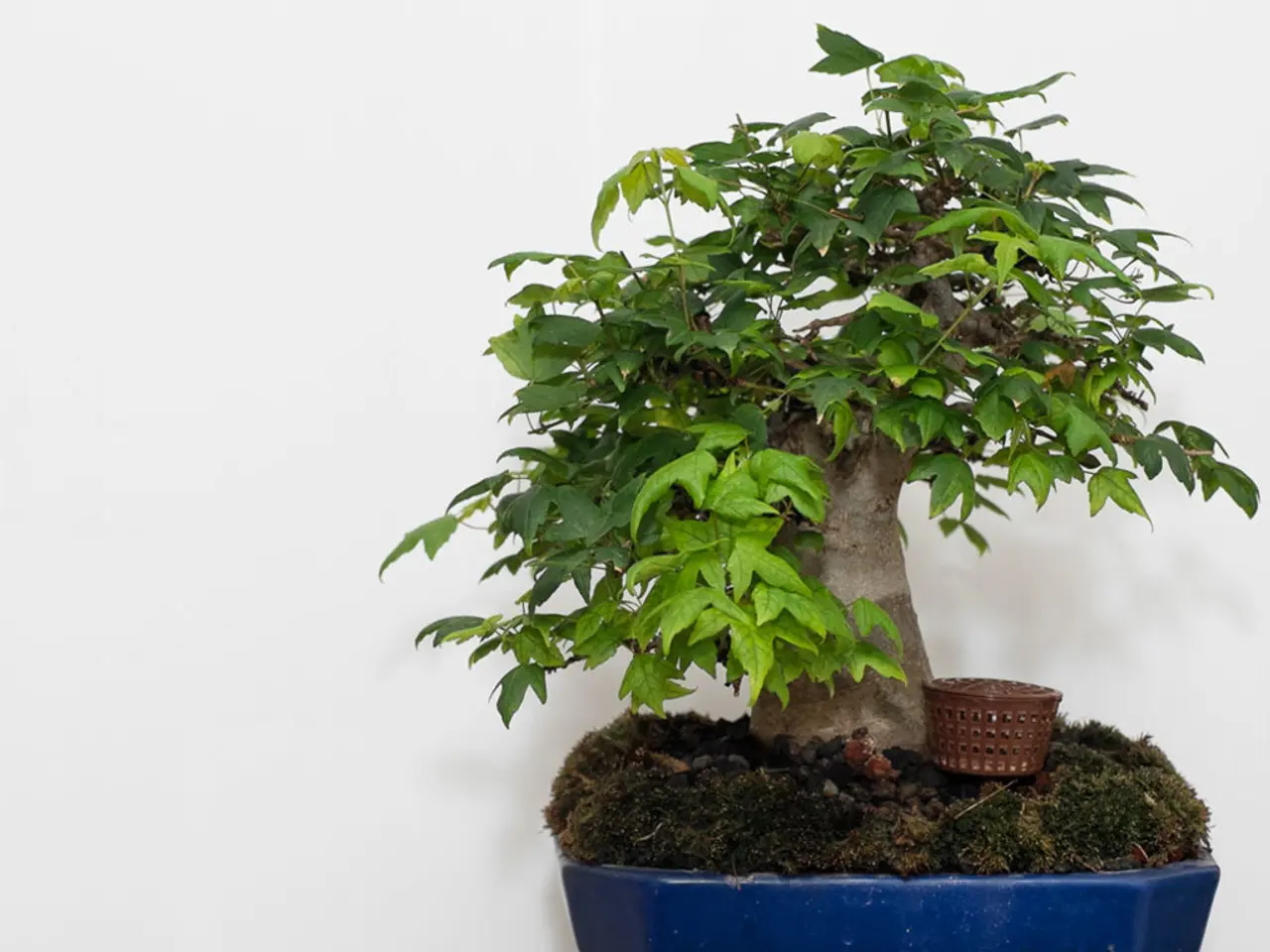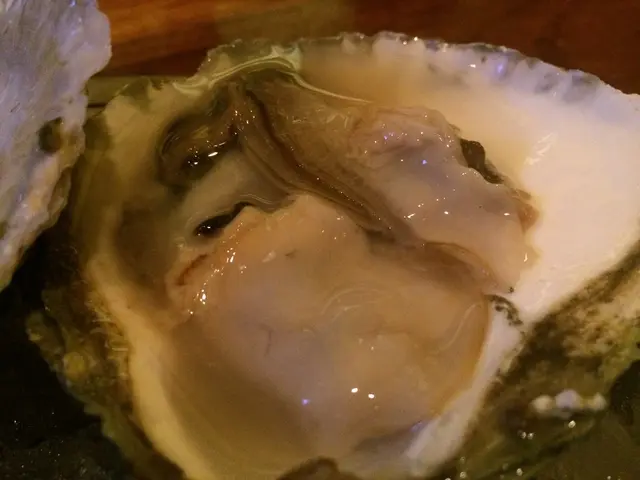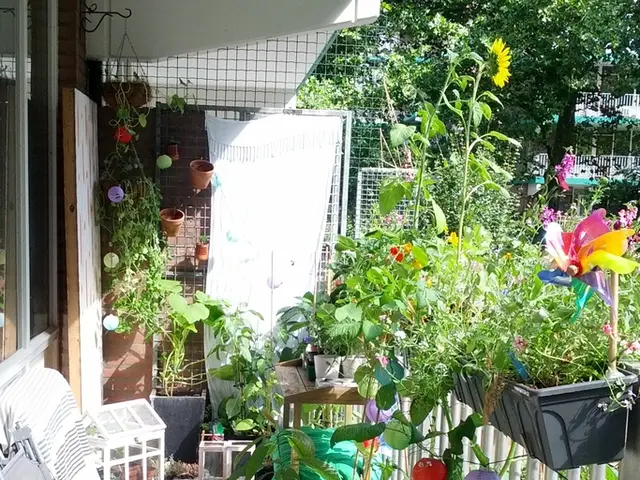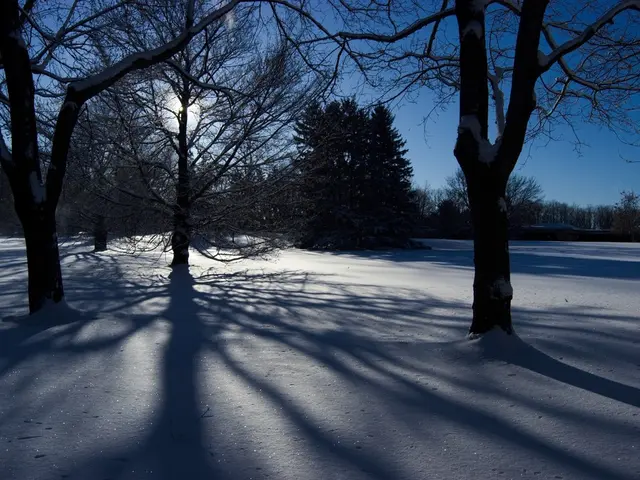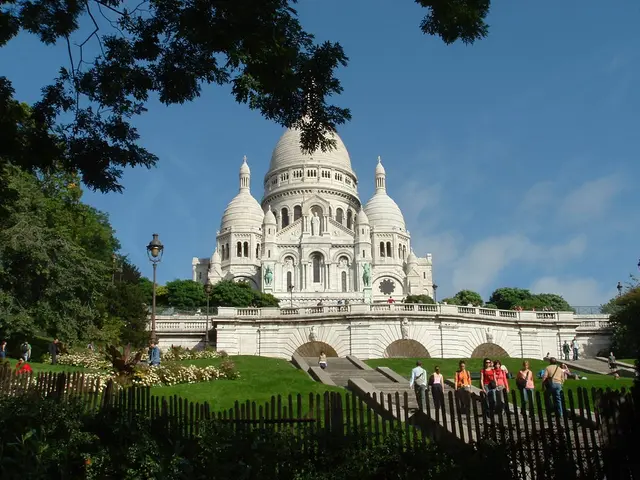Navigating the Perfect Bonsai Environment: A Detailed Guide Based on Climate and Conditions
Cultivating Thriving Bonsai: A Guide to Creating Ideal Microclimates
Bonsai, the ancient art of growing miniature trees, can be successfully practiced in a variety of climates, thanks to techniques that mimic the trees' native environments. Here's a comprehensive guide on how to create suitable microclimates indoors and outdoors for bonsai to thrive.
Outdoor Bonsai Care
To ensure your outdoor bonsai flourishes, choose site conditions that mirror each species’ natural preferences. For instance, Japanese Maples (Acer palmatum) thrive in morning sun and dappled afternoon shade, with consistent moisture but well-drained soil [1].
To safeguard your outdoor bonsai from wildlife and pest damage, employ deterrents such as physical barriers, repellents, and organic pest control methods. Maintaining a clean and well-maintained environment is also crucial [2].
In addition, use shade cloths or windbreaks to moderate harsh sun or cold winds. Group bonsai with similar water and lighting needs to maintain consistent humidity levels [3].
Indoor Bonsai Care
Indoor bonsai care involves providing the right light, humidity, and temperature conditions. For species like maples and elms, bright, indirect light is ideal; some species (like citrus) need direct sunlight or supplemental grow lights [5].
To maintain humidity, use humidity trays, misting, or room humidifiers, especially for tropical or subtropical bonsai. Avoid drafts and sudden temperature fluctuations. Ensure well-draining bonsai soil and proper watering to avoid soggy roots [1].
Choosing the Right Bonsai Species
The best bonsai species vary by climate zone and region. In temperate climates, Japanese Maple (Acer palmatum), Trident Maple (Acer buergerianum), and Chinese Elm (Ulmus parvifolia) are suitable choices [1].
In warm and frost-free zones, Bougainvillea, Desert Rose, and Citrus bonsai (like Key Lime) are ideal [1][3][5].
When facing extreme weather fluctuations, selecting a bonsai species tolerant of temperature and humidity swings is vital. Some urban-tolerant varieties exist, such as Chinese Elm, Satsuki Azalea, and Japanese Maple, which can thrive in polluted urban environments with proper care and adaptation [4].
By replicating the conditions found in their natural habitat, bonsai can thrive even in areas with less-than-ideal climates. Through deliberate matching of species to climate, the boundaries of bonsai artistry expand, yielding a kaleidoscope of possibilities for these living, breathing works of art.
References:
[1] The Spruce, Bonsai Basics: How to Care for Bonsai Trees
[2] The Spruce, Outdoor Bonsai: How to Care for Outdoor Bonsai Trees
[3] The Spruce, Succulent Bonsai: How to Care for Succulent Bonsai Trees
[4] The Spruce, Urban Bonsai: How to Care for Bonsai Trees in Urban Environments
[5] The Spruce, Citrus Bonsai: How to Care for Citrus Bonsai Trees
- If you decide to cultivate bonsai outdoors, selecting a locality that aligns with the natural preferences of the chosen species, such as Japanese Maples, is crucial for their thriving lifestyle.
- Maintaining a well-organized and pest-free home-and-garden environment, coupled with proper gardening techniques, plays a vital role in safeguarding indoor bonsai and allowing them to endure various temperature changes with ease.
